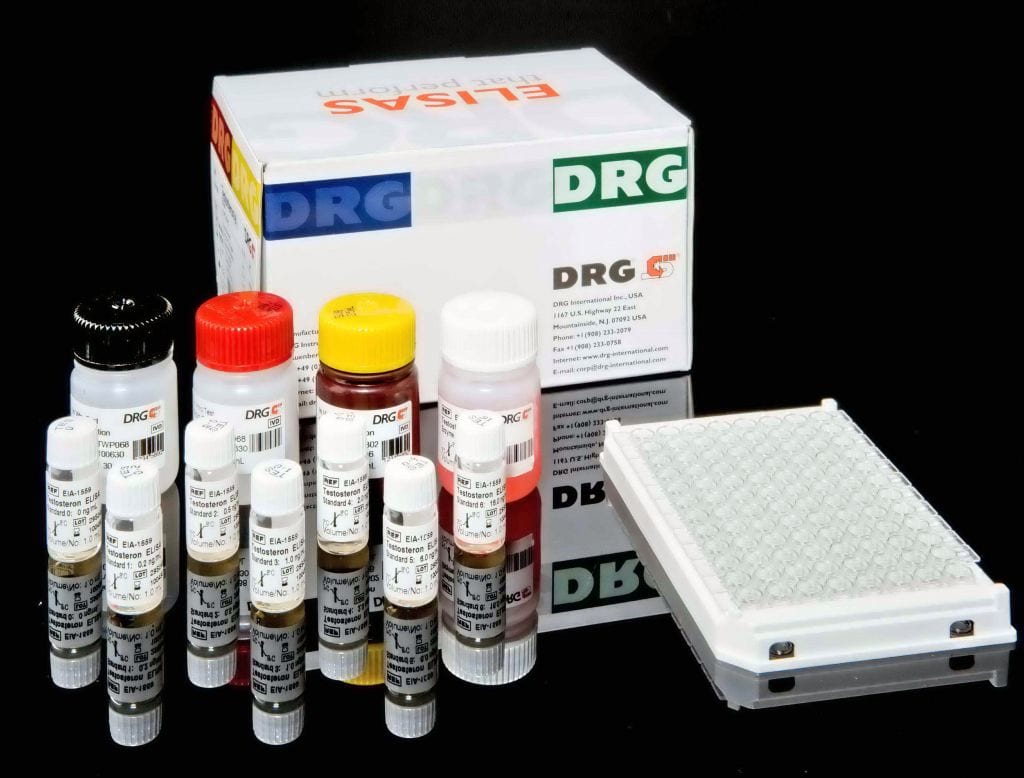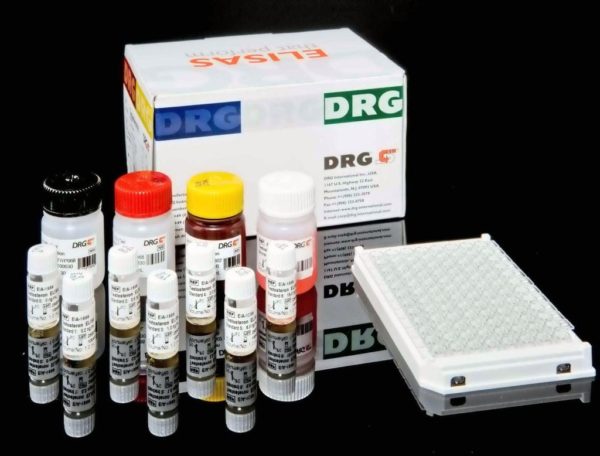Description
The Cystatin C (human) ELISA is a sandwich enzyme immunoassay for the quantitative measurement of human cystatinC
Cysteine proteinase inhibitors, cystatins superfamily, have been identified in animals, plants and protozoa. All cystatins inactivate lysosomal cysteine proteinases, e.g. cathepsin B, H, K, L and S as well as some structurally related plant proteinases, such as papain and actinidin. Human cystatin C is produced at a constant rate by all nucleated body cells and occurs in all body fluids abundantly. It is a non-glycosilated basic single-chain protein consisting of 120 amino acids with a molecular weight of 13.36 kDa and is characterized by two disulfide bonds in the carboxy-terminal region. The protein is encoded by the CS73 gene located on the short arm of chromosome 20.
Biological function of human cystatin C, and its role in various pathological states, has been the subject of numerous studies. Imbalance between cystatin C and cysteine proteinases is associated with diseases such as inflammation, renal failure, cancer, Alzheimer disease, multiple sclerosis and hereditary cystatin C amyloid angiopathy. Its increased level has been found in patients with autoimune diseases, with colorectal tumors and metastases, patients with inflammation and in patients on dialysis. Serum cystatin C concentration correlates negatively with glomerular filtration rate (GFR) as well as or better than creatinine, therefore was recently proposed as a new, very sensitive, marker of changes in GFR.
On the other hand, low levels of cystatin C come along the breakdown of the elastic laminae and, subsequently, the atherosclerosis and abdominal aortic aneurysm, as indicate latest publications. Results make evident association of cystatin C levels with the incidence of myocardial infarction, coronary death and angina pectoris. Furthermore, cystatin C correlates with triglycerides, LDL-cholesterol, BMI and age of individuals. Thus, low concentration of cystatin C presents a risk factor for secondary cardiovascular events.
In the Human Cystatin C ELISA, standards, quality controls and samples are incubated in microtitrate plate wells pre-coated with polyclonal anti-human cystatin C antibody.After 30 minutes incubation and washing, polyclonal anti-human cystatin C antibody, conjugated with horseradish peroxidase (HRP) is added to the wells and incubated for 30 minutes with captured cystatin C. Following another washing step, the remaining HRP conjugate is allowed to react with the substrate solution (TMB). The reaction is stopped by addition of acidic solution and absorbance of the resulting yellow product is measured The absorbance is proportional to the concentration of cystatin C. A standard curve is constructed by plotting absorbance values against concentrations of cystatin C standards, and concentrations of unknown samples are determined using this standard curve.




